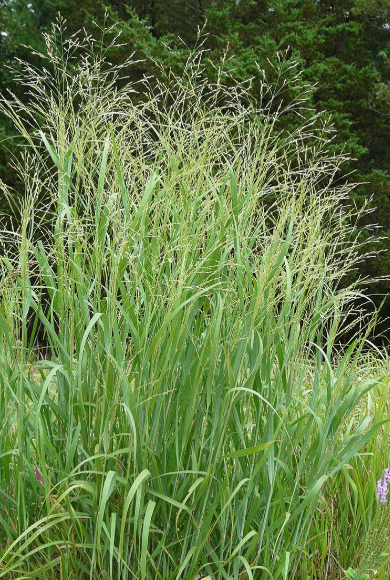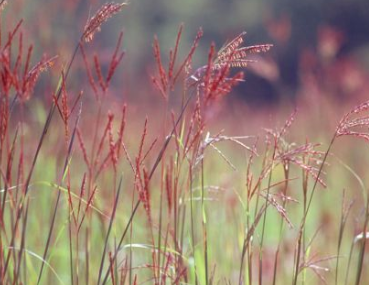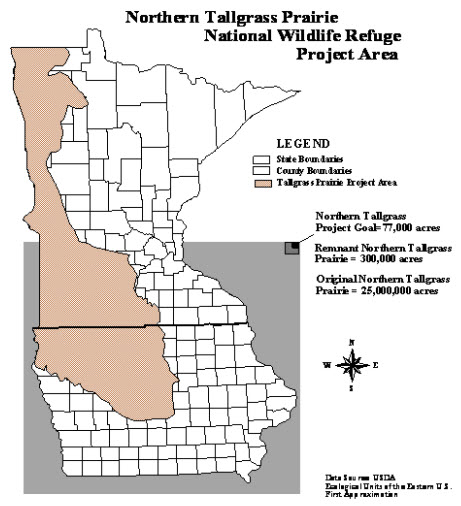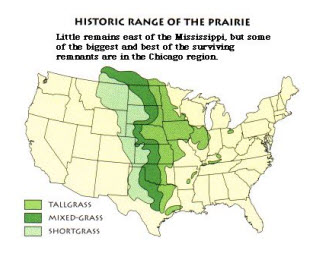Click below to listen to my 2 min. Garden Bite radio show: Saving Prairie
Tallgrass Prairie are among the most decimated and threatened natural plant communities in the Midwest and the world.

The tallgrass prairie ecosystem is dominated by native grasses and wildflowers, but the most dominant species defining the prairie are big bluestem, Indian grass and switchgrass.

Their root systems stretch many feet into the soil, leaving deposits that enrich the soil and keep it from blowing away. That deep, rich, fertile soil was easily transformed into crop land as it was settled.

From a historic range of about 25 million acres in Minnesota and Iowa alone, only about 300,000 acres of the original tallgrass prairie remains today.

The US Fish & Wildlife Service established the Northern Tallgrass Prairie National Wildlife Refuge in 2000 to address the loss of America’s grasslands and the decline of grassland wildlife.

The refuge was created to work with individuals, groups and government agencies to permanently preserve and restore some of the northern tallgrass prairie. The Refuge encompasses all or part of 85 counties in western Minnesota and northwestern Iowa.

Prairies in Wisconsin are located mostly in the southern and western parts of the state and are divided into six different types. Of the 2.1 million acres that were native prairie when Europeans arrived 150 years ago, less than 10,000 acres remains today. Private companies are working with landowners to change that.

Read more:
Illinois Natural History – prairie research
